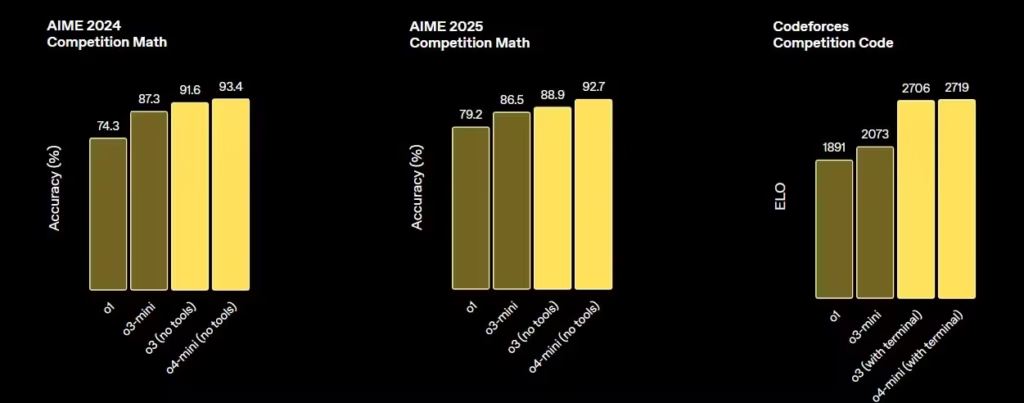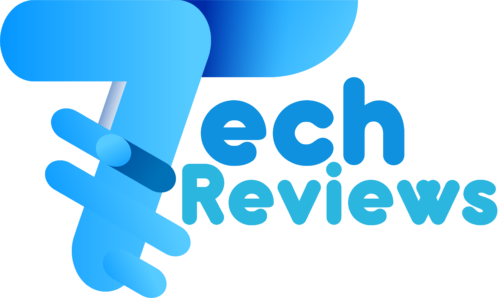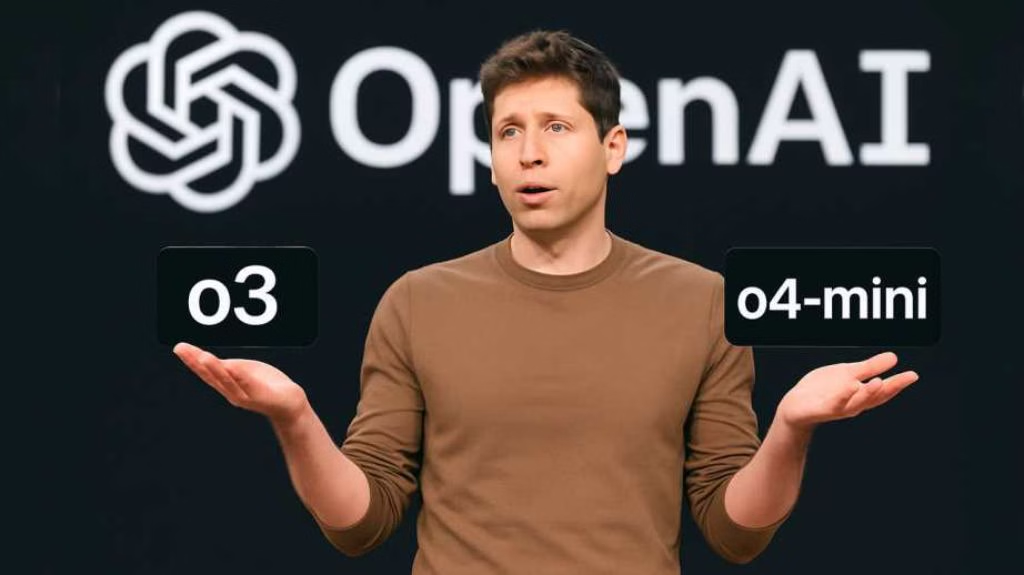OpenAI introduced its newest AI reasoning models, o3 and o4-mini, on Wednesday. These models are engineered to pause, process, and thoroughly evaluate questions before providing answers, which significantly boosts their capability to tackle complex tasks.
O3: The Most Advanced Reasoning Model Yet
The o3 model stands out as OpenAI’s most advanced reasoning AI to date, outperforming earlier models in various domains, including mathematics, coding, reasoning, science, and visual comprehension. OpenAI reports that o3 achieves top-tier results in coding assessments, highlighted by an impressive score of 69.1% on the SWE-bench verified test.
O4-Mini: The Competitive Trade-Off
On the other hand, the o4-mini provides a well-rounded balance of cost, speed, and performance, making it an adaptable choice for developers seeking a model that is both efficient and effective. It scores 68.1% on the SWE-bench test, coming close to the performance of the o3 model.

Developers have the option to select between the two models based on their specific requirements, with o4-mini offering a more cost-effective alternative while still delivering high-quality outcomes.
Thinking with Images

A standout feature of both o3 and o4-mini is their ability to interpret images. Unlike earlier reasoning models, these new versions can analyze and reason with images, such as sketches on whiteboards, diagrams from PDFs, or other visual materials uploaded by users. They can even handle blurry or low-resolution images, zoom in, or rotate them during the reasoning process, enhancing their reliability and effectiveness.
Code Execution and Web Search
Additionally, o3 and o4-mini come equipped with the capability to execute Python code directly within ChatGPT via the Canvas feature. This functionality allows users to run code and engage with dynamic data during conversations. Moreover, the models can now search the internet for up-to-date information when requested, ensuring they remain informed about current events.
Pricing and Availability
The latest models, which include a variant of o4-mini-high designed to take extra time for generating more accurate responses, are now available to subscribers of OpenAI Pro, Plus, and Team. For developers, the pricing for o3 is set at $10 per million input tokens (approximately 750,000 words) and $40 per million output tokens. Meanwhile, o4-mini is offered at a more budget-friendly price of $1.10 per million input tokens and $4.40 per million output tokens.
All three models—o3, o4-mini, and o4-mini-high—can be accessed through OpenAI’s developer endpoints, specifically the Chat Completions API and Responses API, enabling businesses and developers to seamlessly incorporate these advanced features into their applications.
O3-Pro and GPT-5
Looking forward, OpenAI is set to introduce o3-pro, an enhanced version of o3 that leverages additional computing power to deliver even more precise answers, available exclusively to ChatGPT Pro subscribers.
Moreover, OpenAI has suggested that o3 and o4-mini might be among the final stand-alone reasoning models before the launch of GPT-5, which is anticipated to merge traditional AI models like GPT-4.1 with reasoning models such as o3 and o4-mini.
For more daily updates, please visit our News Section.

